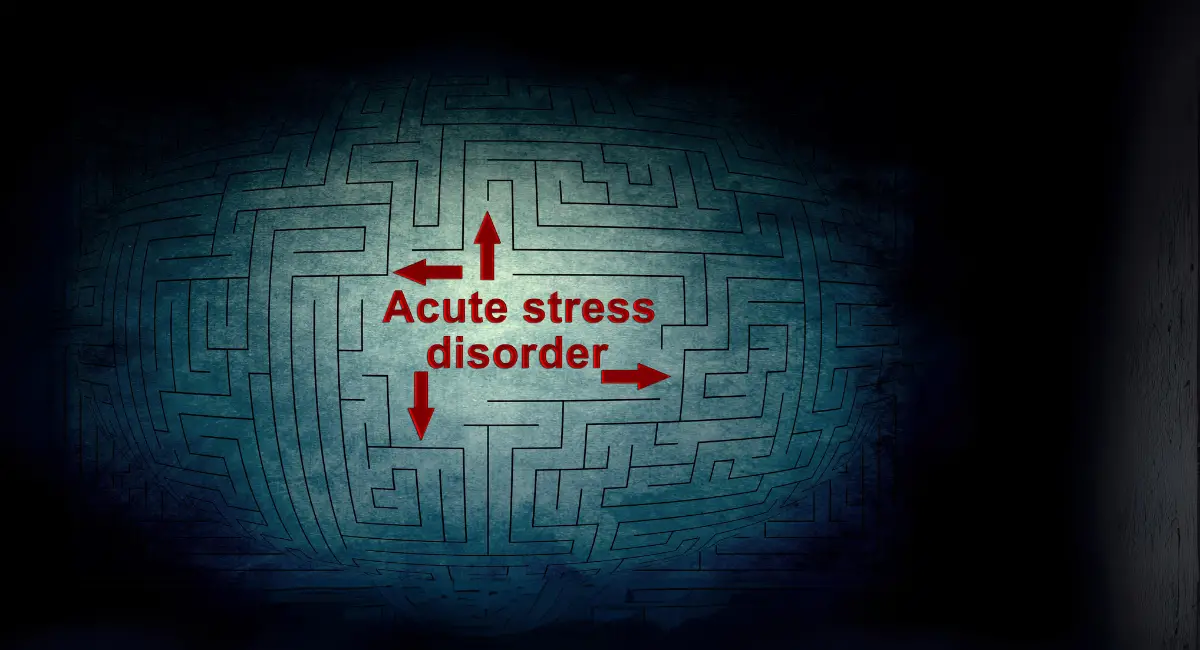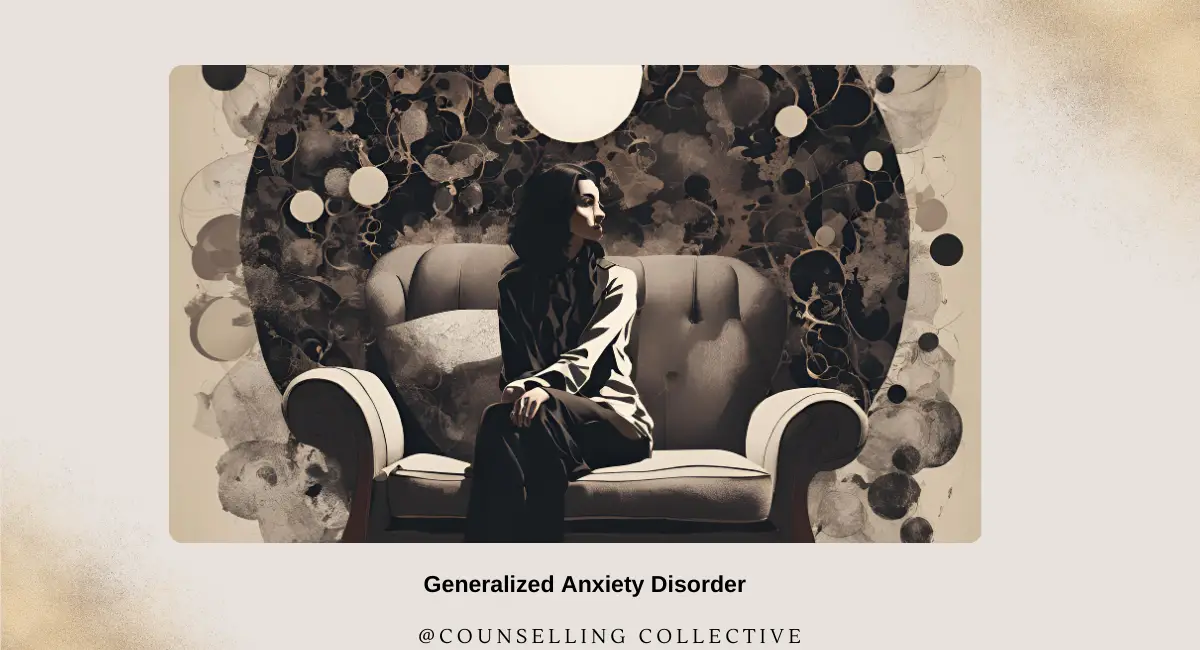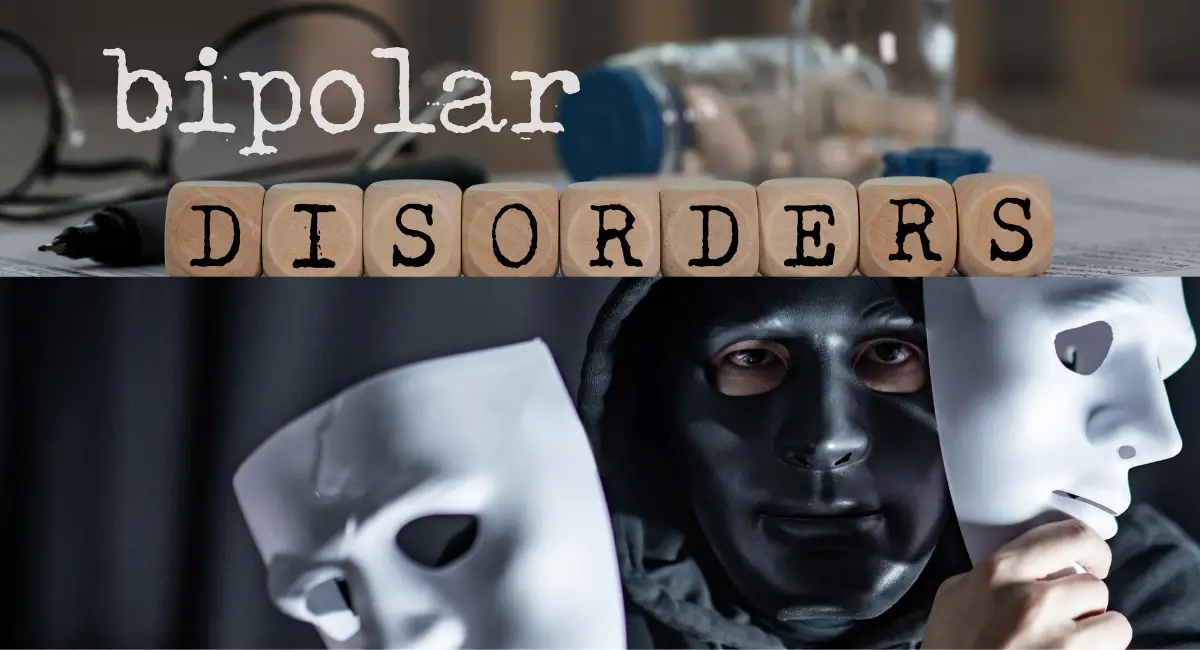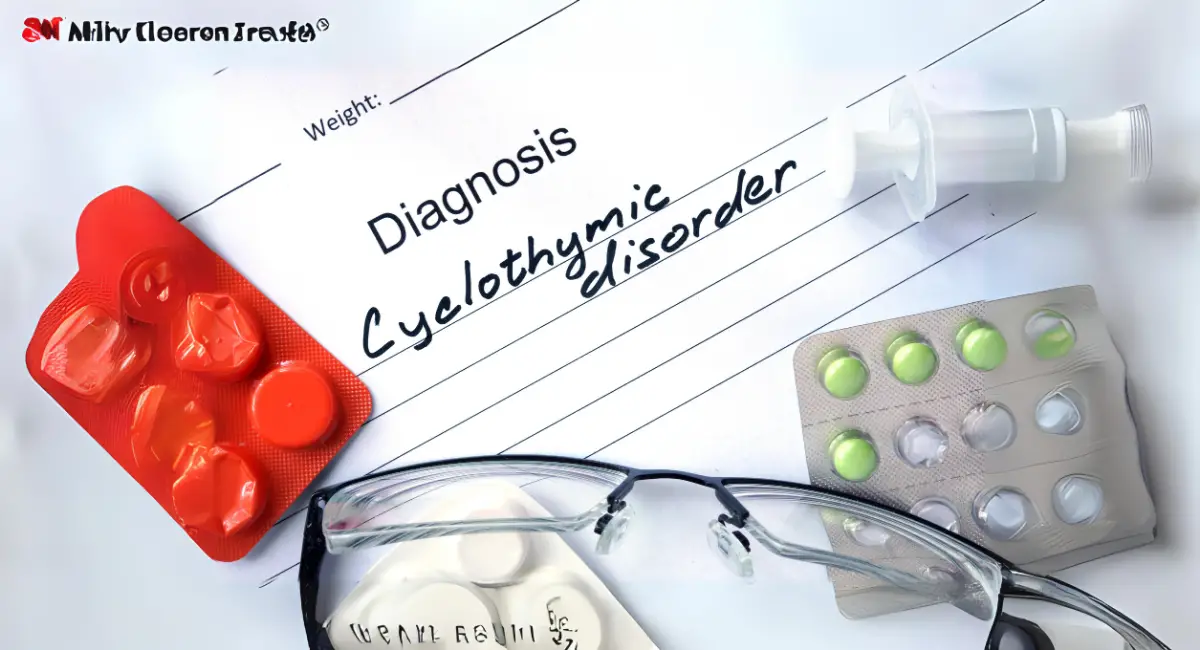
Acute Stress Disorder: Symptoms, Causes, and Therapy Options
Contents
Introduction
Acute Stress Disorder (ASD) is a mental health condition that can develop in response to a traumatic event, typically within the first month following the experience. It is characterized by a range of psychological and physical symptoms that arise due to the body’s natural stress response to a distressing or life-threatening event. While ASD shares some similarities with Post-Traumatic Stress Disorder (PTSD), the key difference lies in its onset and duration, as ASD occurs immediately after trauma and usually lasts for a shorter period.
According to the Diagnostic and Statistical Manual of Mental Disorders, Fifth Edition (DSM-5), Acute Stress Disorder is classified under Trauma- and Stressor-Related Disorders. It serves as an early reaction to trauma and can develop into PTSD if not treated appropriately. This article will explore Acute Stress Disorder, focusing on the Symptoms, Causes, and Therapy Options available.
Common Symptoms of Acute Stress Disorder
Acute Stress Disorder encompasses a variety of emotional, psychological, and physical symptoms. Below is a table outlining the common symptoms of ASD and examples of how they manifest in daily life:
| Intrusive Thoughts | Recurring, involuntary thoughts about the trauma. For example, someone may experience flashbacks of a car accident they recently survived. |
| Dissociation | Feeling detached from oneself or the environment. For example, someone may feel emotionally numb or like they are observing life from outside their body. |
| Avoidance | Avoiding people, places, or activities that remind the individual of the trauma. For example, someone may avoid driving after experiencing a car crash. |
| Hyperarousal | Heightened anxiety, irritability, and difficulty sleeping. For example, someone may feel constantly on edge and unable to relax after a traumatic event. |
| Emotional Distress | Intense feelings of fear, guilt, or shame. For example, someone may feel overwhelmed by guilt for surviving a disaster when others did not. |
| Difficulty Concentrating | Trouble focusing on tasks or thoughts. For example, someone may find it hard to concentrate at work due to intrusive memories of the trauma. |
| Physical Symptoms | Physical manifestations of stress, such as rapid heart rate, headaches, or gastrointestinal issues. For example, someone may experience stomach pains during flashbacks of the trauma. |
Causes and Risk Factors of Acute Stress Disorder
Acute Stress Disorder is caused by exposure to a traumatic or life-threatening event, but certain factors can increase the likelihood of developing this condition.
1. Exposure to a Traumatic Event
The primary cause of Acute Stress Disorder is exposure to trauma. This can include experiencing or witnessing events such as natural disasters, violent assaults, accidents, or the sudden death of a loved one.
- Trauma is defined by the DSM-5 as exposure to actual or threatened death, serious injury, or sexual violence. Individuals may experience the trauma directly, witness it happening to others, or learn that it occurred to a close family member or friend.
- Events that are sudden, unexpected, or life-threatening are more likely to result in the development of ASD, particularly when the individual feels helpless or powerless during the event.
Sarah developed Acute Stress Disorder after being involved in a car accident where she narrowly escaped severe injury. The suddenness and intensity of the event left her feeling vulnerable and traumatized.
2. Previous Trauma or Mental Health Conditions
Individuals with a history of trauma, mental health conditions, or high levels of anxiety are more vulnerable to developing ASD following a new traumatic event. Pre-existing conditions can make it harder to cope with the additional stress of trauma.
- Research has shown that individuals who have experienced previous trauma, particularly during childhood, are at an increased risk of developing ASD after a new traumatic event. This may be due to heightened emotional sensitivity or maladaptive coping mechanisms learned during earlier experiences.
- Individuals with pre-existing mental health conditions such as anxiety, depression, or PTSD are also at higher risk for developing ASD. Their existing difficulties with emotional regulation can be exacerbated by the trauma, leading to more severe symptoms.
John, who has a history of anxiety and childhood trauma, was diagnosed with ASD after witnessing a robbery. His pre-existing anxiety made it difficult for him to cope with the added stress of the incident.
3. Lack of Social Support
Individuals who lack a strong support system may have a harder time processing and recovering from trauma. Without the emotional or practical support of family, friends, or professionals, the stress of the traumatic event can become overwhelming.
- Social support is a critical factor in trauma recovery. Individuals who feel supported and understood by their family, friends, or community are better able to process and cope with traumatic events. Conversely, those who are isolated or lack support are more likely to develop trauma-related disorders such as ASD.
- Social isolation can contribute to feelings of helplessness, hopelessness, and emotional distress, increasing the severity and duration of ASD symptoms.
After a house fire, Tom struggled with ASD due to his lack of close friends or family nearby to offer support. He felt isolated and unable to cope with the emotional aftermath of the trauma.
Therapy and Treatment Options for Acute Stress Disorder
Treating Acute Stress Disorder involves a combination of therapeutic interventions aimed at addressing both the trauma and the emotional and psychological symptoms. Below are key treatment options:
1. Cognitive Behavioral Therapy (CBT)
Cognitive Behavioral Therapy (CBT) is one of the most effective therapies for managing ASD. This approach helps individuals reframe their thoughts and beliefs about the trauma while developing healthy coping strategies to manage their emotional responses.
Example: John works with a CBT therapist to challenge the negative beliefs he has developed about his ability to cope with trauma. Through exposure therapy and cognitive restructuring, he learns to confront his flashbacks of the robbery without becoming overwhelmed by fear.
2. Eye Movement Desensitization and Reprocessing (EMDR)
Eye Movement Desensitization and Reprocessing (EMDR) is a specialized therapy that is commonly used to treat trauma-related disorders. EMDR helps individuals process and integrate their traumatic memories without becoming overwhelmed by distressing emotions, using bilateral stimulation (such as eye movements) to reduce the emotional impact of the trauma.
Example: Sarah, who experienced a car accident, works with an EMDR therapist to reprocess the traumatic memory. During EMDR sessions, she focuses on her trauma while following the therapist’s hand movements, gradually reducing her emotional distress associated with the event.
3. Trauma-Focused Cognitive Behavioral Therapy (TF-CBT)
Trauma-Focused Cognitive Behavioral Therapy (TF-CBT) is a specific form of CBT designed to help individuals process traumatic experiences. It incorporates trauma-sensitive techniques to help individuals confront their trauma in a safe, structured environment while learning to manage their stress responses.
Example: Tom, who struggles with heightened anxiety and intrusive memories following a violent event, benefits from TF-CBT, where he learns to gradually expose himself to memories of the trauma while developing coping strategies to manage his hyperarousal.
Long-Term Management of Acute Stress Disorder
Managing Acute Stress Disorder over the long term requires continued therapy, support, and lifestyle changes to prevent the development of PTSD. Below are key strategies for long-term management:
- Consistent Therapy: Regular participation in CBT, EMDR, or TF-CBT helps individuals process trauma and develop healthy coping strategies for long-term recovery.
- Social Support: Engaging with family, friends, or trauma-informed support groups provides emotional support and reduces feelings of isolation, which can prevent the worsening of symptoms.
- Mindfulness and Relaxation Techniques: Practicing mindfulness or relaxation techniques, such as deep breathing or meditation, can help individuals manage hyperarousal and emotional distress.
- Prevention of PTSD: Early intervention through therapy and support is essential for preventing the transition from Acute Stress Disorder to PTSD. Addressing trauma symptoms promptly can significantly improve recovery outcomes.
Conclusion
Acute Stress Disorder (ASD) is a challenging condition that develops in response to trauma and can significantly impact an individual’s emotional, psychological, and social well-being. However, with the right combination of treatments—such as Cognitive Behavioral Therapy, Eye Movement Desensitization and Reprocessing, and Trauma-Focused Cognitive Behavioral Therapy—individuals can manage their symptoms and recover from trauma. Long-term management strategies, including consistent therapy, social support, and mindfulness techniques, are essential for preventing the progression to PTSD and maintaining emotional stability.
References
- American Psychiatric Association. (2013). Diagnostic and Statistical Manual of Mental Disorders (5th ed.). Washington, DC: American Psychiatric Publishing.
- Briere, J., & Scott, C. (2014). Principles of Trauma Therapy: A Guide to Symptoms, Evaluation, and Treatment (DSM-5 Update). SAGE Publications.
- Shapiro, F. (2018). Eye Movement Desensitization and Reprocessing (EMDR) Therapy, Third Edition: Basic Principles, Protocols, and Procedures. Guilford Press.
- Foa, E. B., & Rothbaum, B. O. (2007). Treating the Trauma of Rape: Cognitive-Behavioral Therapy for PTSD. Guilford Press.
- Resick, P. A., & Monson, C. M. (2016). Cognitive Processing Therapy for PTSD: A Comprehensive Manual. Guilford Press.
Explore Other Mental Health Issues








